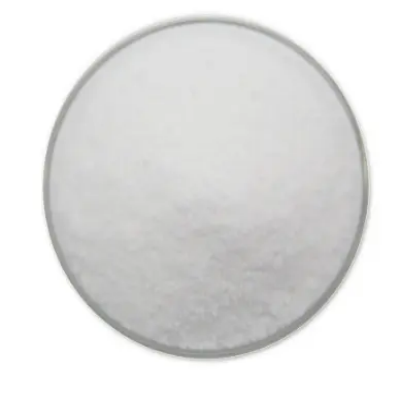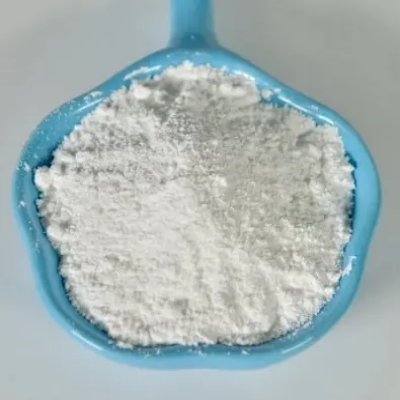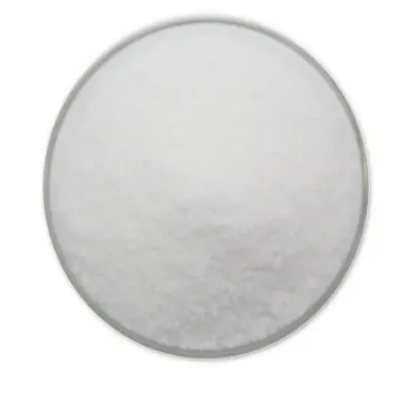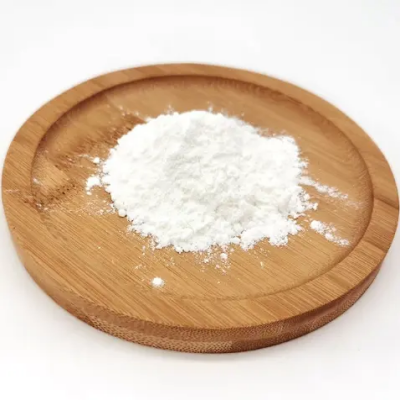5-Hydroxyanthranilic acid CAS:394-31-0
5-Hydroxyanthranilic acid (C8H9NO3) is a significant biochemical compound derived from anthranilic acid, featuring a hydroxyl group (-OH) at the 5-position of the aromatic anthranilic ring. This structural modification enhances its solubility in aqueous solutions and may influence its biological activity. Commonly encountered as a white to pale yellow crystalline solid, 5-hydroxyanthranilic acid integrates into several biochemical pathways, prominently in the metabolism of the amino acid tryptophan. One of the critical metabolic pathways involving 5-hydroxyanthranilic acid is the kynurenine pathway, where it acts as an intermediate in the conversion of tryptophan to kynurenine. This pathway is crucial for synthesizing neurotransmitters such as serotonin and melatonin, which have profound effects on mood regulation, sleep, and overall mental health. Dysregulation of this pathway has been implicated in various neurodegenerative diseases and psychiatric disorders, prompting researchers to investigate the therapeutic potential of 5-hydroxyanthranilic acid in these contexts. Moreover, studies indicate that 5-hydroxyanthranilic acid exhibits anti-inflammatory and neuroprotective properties. It has shown promise in alleviating symptoms of conditions like Alzheimer's and Parkinson's disease through its ability to modulate inflammatory responses and protect neuronal cells from oxidative stress. In addition to its biomedical implications, 5-hydroxyanthranilic acid serves as a building block in organic synthesis, contributing to the production of dyes, pharmaceuticals, and agrochemicals. Its unique structure enables the formation of various derivatives, expanding its applicability in chemical research. Despite its potential benefits, safety considerations are necessary when handling 5-hydroxyanthranilic acid in laboratory settings. Proper protective measures should be taken to ensure safe experimentation. In summary, 5-hydroxyanthranilic acid is a versatile compound with significant roles in metabolism, potential therapeutic applications, and relevance in organic synthesis, underscoring its importance in both biological science and industrial chemistry.



| Composition | C7H7NO3 |
| Assay | 99% |
| Appearance | white powder |
| CAS No. | 394-31-0 |
| Packing | Small and bulk |
| Shelf Life | 2 years |
| Storage | Store in cool and dry area |
| Certification | ISO. |







![N-[3-(Isodecyloxy)propyl]propane-1,3-diamine CAS:72162-46-0](https://cdn.globalso.com/xindaobiotech/14Z4YR3PJ6@V5_YM15.png)

